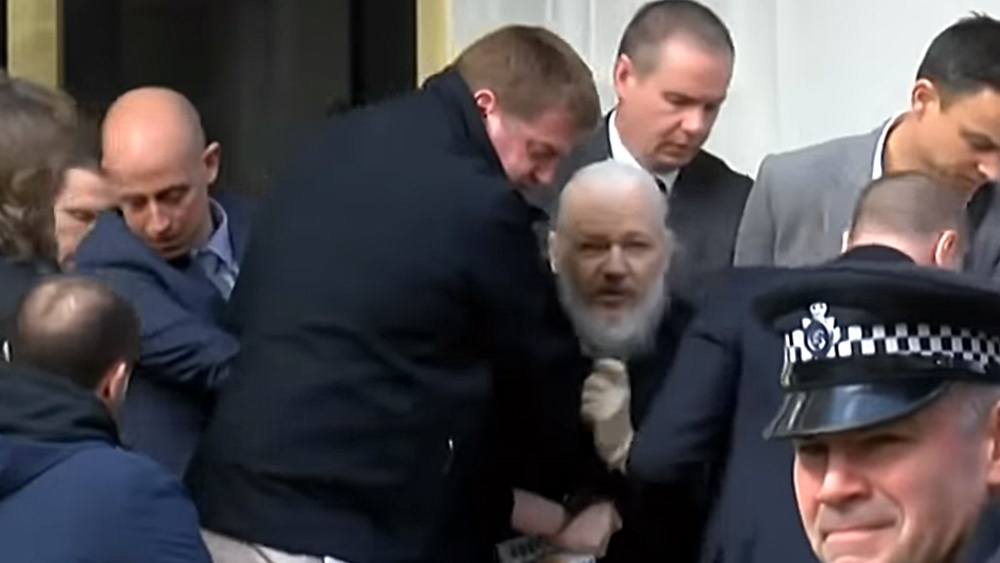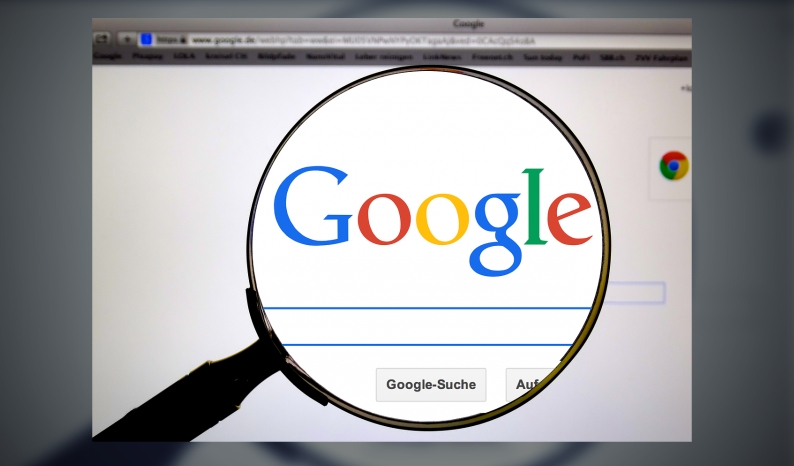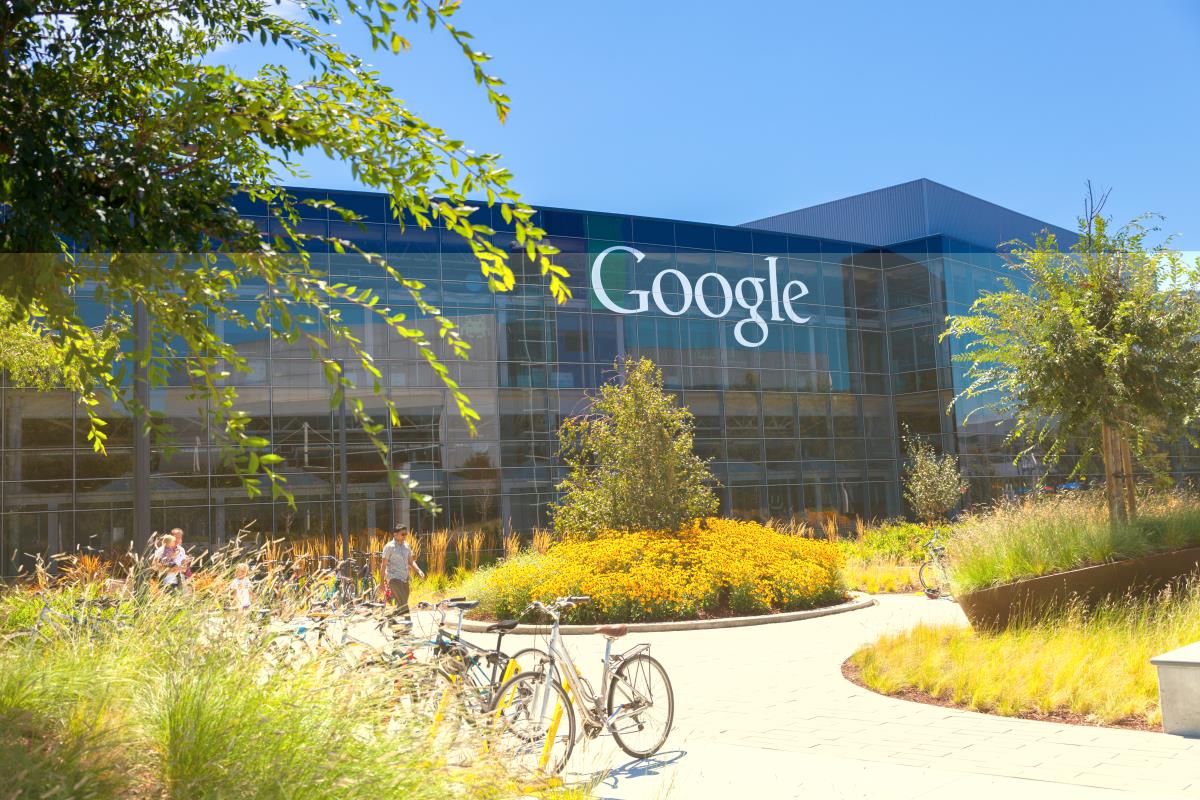It’s good enough for the elderly, why not your kids? Google patents an AI “babysitter” system that can “protect” unattended children by locking doors and turning off plug outlets remotely
04/16/2019 / By Ralph Flores

In the age of the internet-of-things, nearly everything in your house is connected to a network. Most of us are, in one way or another, already part of this tangled web. While you may be comfortable enough to use “smart” devices to manage our everyday tasks, will you be comfortable with it looking after your children as well? That’s one question that can possibly arise with Google’s latest patent — a “remote babysitter” that makes use of cameras and motion sensors to track children at home.
According to the search giant’s patent application, the proposed device aims to “protect children in a home or other dwelling by disabling potential hazards and/or by providing child-protection alerts.”
With the new home system, cameras and sensors would be used to analyze a child’s movement when inside the house.
The “smart babysitter” may use its sensors to determine if a child is left unattended in room. According to the application, this will be done by scanning the room for persons with a threshold: Video and sensors may be used to pick up persons below the threshold like crawling babies and toddlers. When there is no person that meets the height threshold for a given amount of time, then the program will email the parents of the unattended child.
Moreover, “smart wall plugs” will also detect the occupancy in one room and determine the control of power is a child or another vulnerable person (such as older adults) comes within a predetermined distance from the plug.
Data will also be gathered to disable unused electrical outlets when a child or a vulnerable person comes into contact with it. It can also disable electronically controlled door handles in the event that a child is able to access it.
Added features that were disclosed in the patent include blinking lights and audio warning like “Toddler unattended” or “Your child is approaching an electrical outlet” or “Your child is alone for 10 minutes.”
All these would be powered by internet-connected motion detectors and cameras in order to track the child’s movements, as well as smart devices around the home. (Related: Google: You Have ‘No Legitimate Expectation of Privacy.’)
The search giant writes in its patent the service is made as a back-up for “rare events” wherein a child is left alone during an accident or emergency — as these dangers are commonly prevented by not leaving kids unattended in any case. Still, circumstances, where kids are left unattended inside the home, may arise because of conditions beyond a parent or guardian’s control. “In these situations, the parent or guardian may not have had the opportunity to make safe those potentially hazardous elements, thus putting the unattended children at risk,” the patent indicates.
The design, which was introduced in a European patent, received mixed reactions from both parents and child protection groups.
“Having a digital system like this in the home may offer peace of mind but there’s a danger it could lull some parents into a false sense of security about their children’s safety if they are being left unattended,” reads a statement released by the U.K. consumer group National Society for the Prevention of Cruelty to Children. “Our advice is that parents think carefully before deciding if a child is ready to be left unattended, even for short periods. Babies and toddlers should never be left unattended. Older children shouldn’t be left if they are not happy with being left, or if they don’t know what to do in an emergency.”
Sources include:
Tagged Under: artificial intelligence, babysitter, breakthrough, cameras, child protection, devices, future tech, Google, innovation, inventions, privacy, remote babysitter, robotics, sensors, surveillance, technology


















